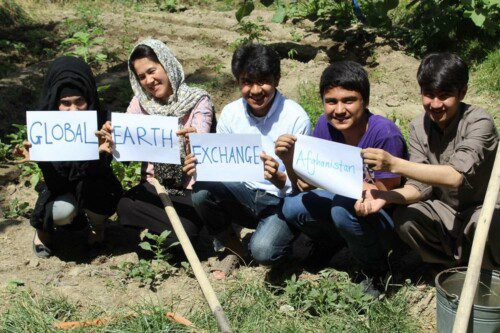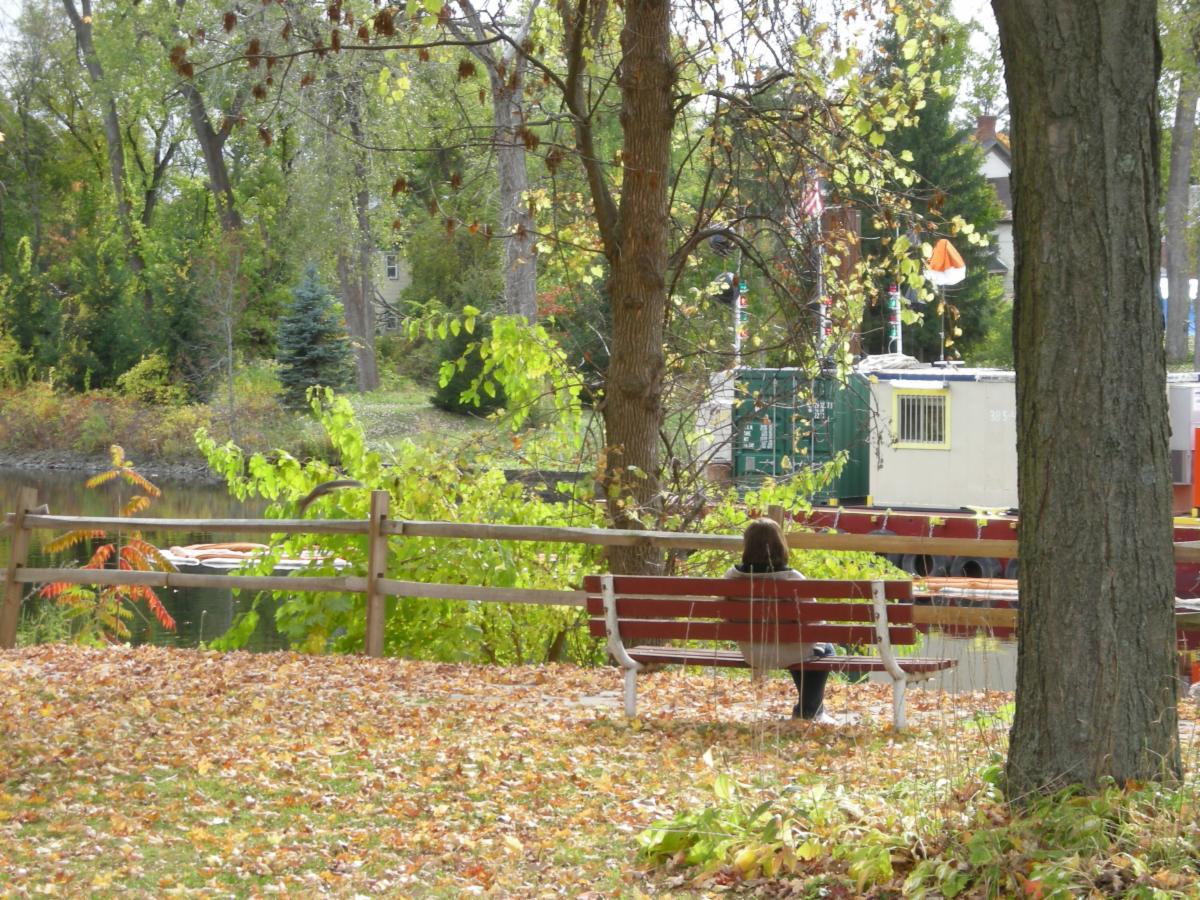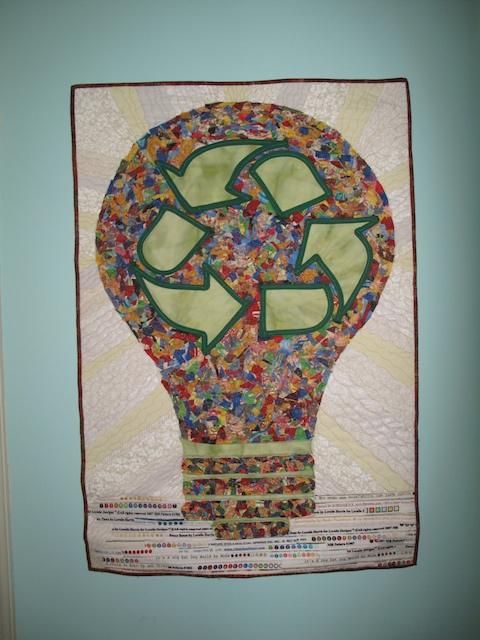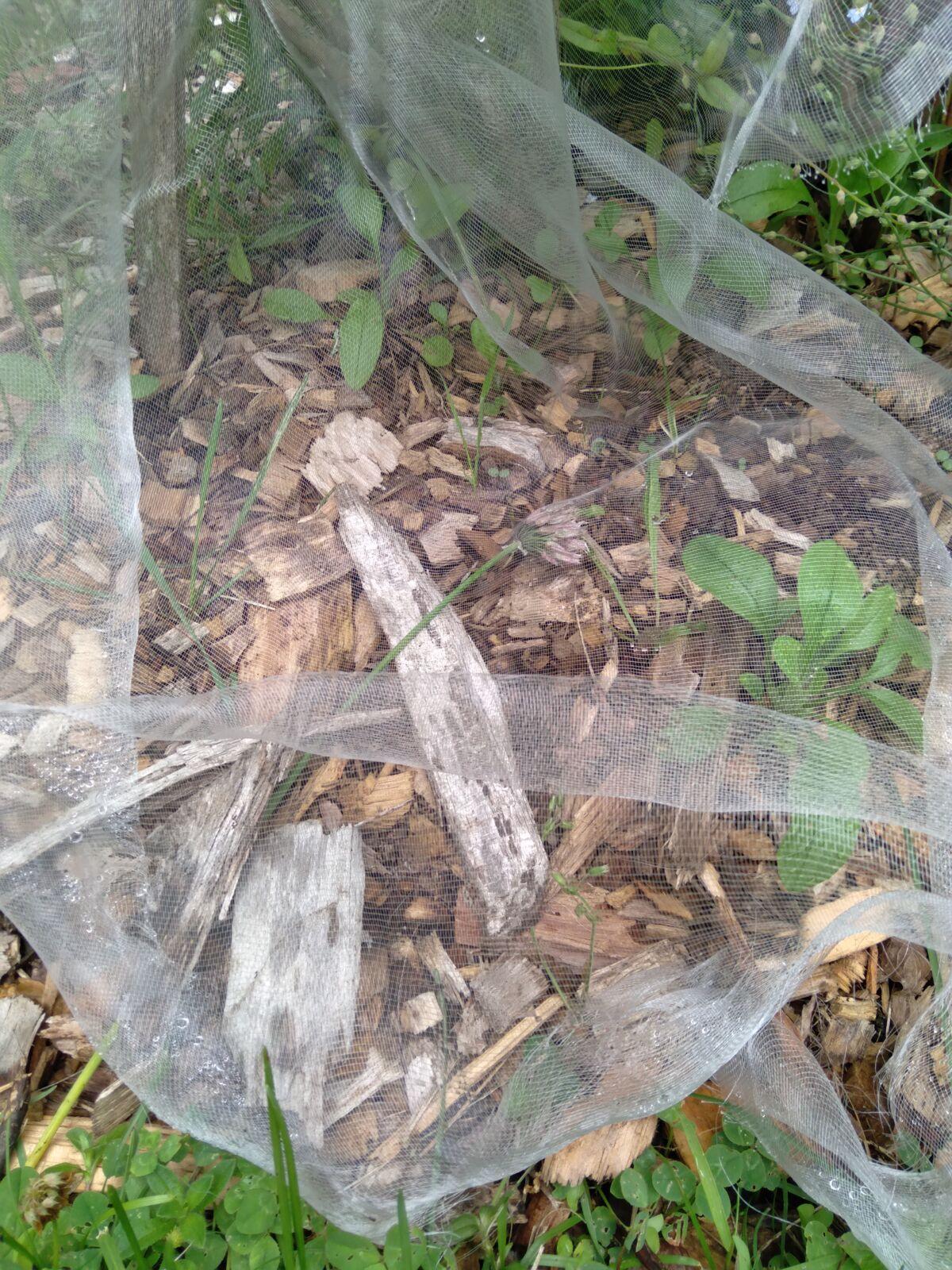
How can we not weep for the people of Afghanistan and Haiti?
The Taliban storms into Kabul and the Afghan government falls. People mob the airport, desperate to escape. Women and girls fear that, at worst, they will be raped or forced to become wives of the Taliban and that, at the very least they will be prevented from going to school or leading independent lives. In Haiti a 7.2-magnitude earthquake has killed at least 1,400 people, injured thousands more, and made countless people homeless.
Haiti and Afghanistan are very wounded places, no doubt about it. RadJoy has friends in both countries. In Afghanistan a group of young people (above, left) has participated in our Global Earth Exchange for several years by working in their permaculture garden. Haitian ceramic artist Lissa Jeannot has made RadJoy birds in the U.S. and with school children in Haiti (above right) on behalf of their struggling country.
Is there any appropriate place for beauty under such hard circumstances? In my book, Radical Joy for Hard Times: Finding Meaning and Making Beauty in Earth’s Broken Places, I write about our approach to wounded places when the hurt is still ongoing:
Creating beauty in a wounded place may not be the first response in times of emergency, especially when lives are lost and homes destroyed. Then, it is blankets and clean water and school books that must head the list of emergency care items. Simple acts of human generosity offer another kind of comfort, no less important than material aid.
Our RadJoy Executive Assistant, Katie Case, who is also employed by CARE, is working days and nights to help their staff in Afghanistan. Most of us, unfortunately, are incapable of offering any direct relief to suffering people. We have not been able to make contact with our friends in Kabul, though we are relieved to know that Lissa Jeannot and her family are safe.
What, then, can we do to bring these two wounded places into our hearts?
An article in the Washington Post notes that, although we may be tempted to hide our feelings of sorrow and anger, it’s best to “acknowledge feelings, thoughts and physical sensations, letting them ebb and flow instead of trying to get rid of them.” Allowing emotions to ebb and flow means admitting them when they’re present but then moving on, not clinging to them. It’s also helpful to talk about your feelings with another person. Naming what’s happening inside you can smooth out conflicting responses, as you share the feelings of others. If you’re a religious person, pray. If you meditate, try a variation of the Tibetan tonglen practice, in which you breathe in the pain, then send out love, peace, and beautywith your exhalation.
So often we can find and make beauty for wounded places. Sometimes the first step is simply to acknowledge the pain and be grateful for our own compassion.
Image Credit:
- Afghan Peace Volunteers Copy: Afghan Peace Volunteers
MORE RADICAL JOY REVEALED
“There’s No Wounding Here”
Every now and then, around this time of year, in the weeks leading up to the Global Earth Exchange, someone emails to tell me they’d like to participate in our annual event of giving beauty [...]
Do It Though No One Notices
A young woman I know who lives in North Carolina considers herself an ardent environmental activist. She belongs to the Sierra Club and The Wilderness Society, works for an organization that runs therapeutic wilderness programs [...]
In Memory of a Cardinal
Radical Joy for Hard Times has always urged our members around the world to give attention and beauty to those places and beings that have meaning for them. It’s not necessary to seek out some [...]


